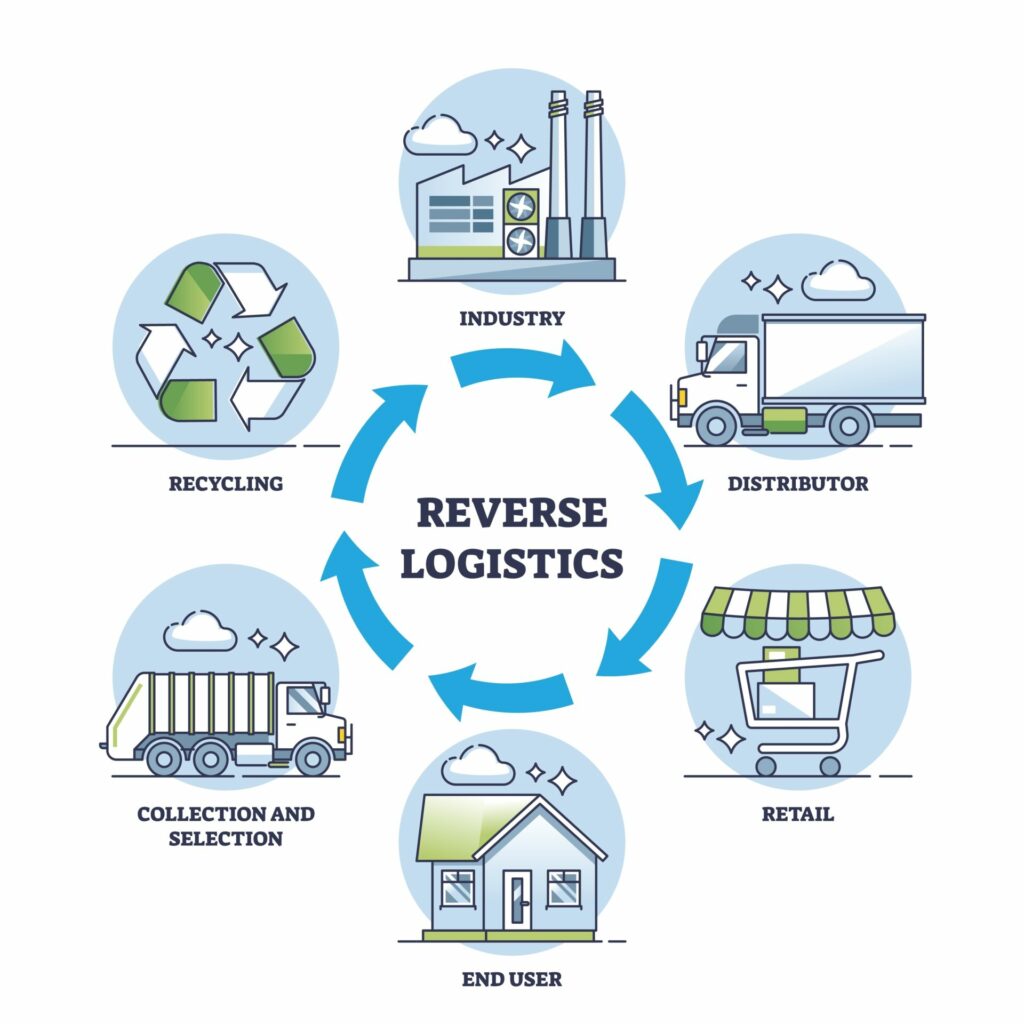Picture this: you’ve had your eye on a new pair of shoes to wear this holiday season after much online window shopping and browsing. Finally, you’re ready to purchase and go through the checkout process. Now, all that’s left to do is wait.
Unfortunately, a few hours later, you receive an email from the brand saying they’re so sorry – the shoes you wanted are out of stock and won’t be replenished until the new year.
Suddenly, your buying journey is at a complete standstill and you have to start the entire buying journey all over again.

What makes a ‘perfect’ order in e-commerce?
In most e-commerce cases, the experience of receiving an order (from checkout to the doorstep) is just as important as the product itself arriving in top condition.
Why? Because the order fulfillment process is what the customer will remember most from their buying journey.
If an order is later – or never arrives at all – the customer will remember that they didn’t get what they were promised. If an order arrives but it’s the wrong product, the customer has to send it back and wait for the replacement – they’ll likely remember the time spent waiting.
Long story short, if there are any errors along the way like the wrong product arriving, a package getting lost, or a damaged item – the customer on the receiving end is likely to leave your brand with a vivid and negative experience.
But, we have good news! With the proper order management process and technology, brands can meet customer expectations and scale… without all of the headaches.
What is order management?
Put simply, order management refers to everything that happens after a customer hits “purchase.”
It’s the process of managing all orders that come through your sales channels and order management system: receiving, processing, fulfilling, and shipping orders to the end customer – ideally, seamlessly!
The steps of order management:
- An order is received at your online store and processed at your fulfillment center
- A picklist is generated so that your warehouse staff can pick and pack the order accordingly
- The order is shipped out to your customer, tracked along the way, and delivered to the specified address
The goal of order management? To get packages delivered to happy customers as quickly and safely as possible.

What is an order management system?
An , takes all of the order management steps (fulfilling, tracking, and processing orders) and helps to streamline them via data-driven analytics, automated fulfillment processes, and custom order rules.
What can order management software do?
- across your various sales channels
- Monitor inventory levels with real-time updates
- Split or combine shipments
- Integrate with key e-commerce technology platforms
- Coordinate orders across multiple warehouses
- Deliver custom reporting and historical data
- Provide an overview order dashboard
OMS vs. WMS vs. ERP? What’s the difference?
Let’s face it – there’s a ton of out there! It’s easy to get lost in all of the different systems.
Though an order management system shares some similarities with a Warehouse Management System (WMS) and Enterprise Resource Planning system (ERP) – the main focus is the order itself.
Whereas with a WMS the focus is warehouse management (the day-to-day warehouse activities). With an ERP, the focus is on financials and doesn’t typically include real-time visibility.
A top-tier OMS should be nimble and more cost-effective than your larger-scale platforms, meaning it can scale more quickly with a brand’s growth through seamless integrations.
5 benefits of using an order management system
If you’re a small e-commerce brand, it may not seem necessary to use an order management system at the beginning of your journey when there are only a few orders going out daily.
But, as soon as this scales up to 500+ orders shipped out each day, it can become more and more difficult to track and fulfill orders while meeting customer demand.

Though order management software will vary based on your business model, selling channels, and budget, the best order management systems should be able to eliminate manual errors, save time, and improve output.
Improve order accuracy
Fulfilling orders with solely manual processes is very risky. The chance of human error is sky-high. We’re talking wrong products shipped to the wrong customers, missing items, incorrect delivery addresses, and more.
Not only does this wreak havoc on the customer experience, but it also makes way for a mountain of returns and even more support tickets – which means time and money spent on correcting inaccurate orders.
The solution? Bring an order management system into the mix and the chance for error becomes much lower.
With an order management system’s real-time visibility and automated order management, orders are less likely to be input, picked, or packed wrongly.
Boost inventory management and forecasts
When orders are coming through from multiple sales channels, it can be difficult to keep track of what’s accounted for in stock vs. what’s still available for purchase – especially when a company is keeping records manually through Excel or Google sheets.
An order management system with inventory management controls provides brands with a consolidated view of inventory levels over any period of time so they can identify trends, popular products, and low stock levels.
This helps brands avoid hiccups like stockouts or – both of which are extremely costly for e-commerce merchants!
Streamline and automate the fulfillment process
Speed is everything in e-commerce. Customers are looking to get their packages, and get them fast!
The best order management software automates some of the more tedious processes like printing the correct labels, checking which fulfillment center is closest to the end destination, or choosing a warehouse based on how much inventory is available.
Plus, with the right integrations, order management systems can pull data from multiple channels into one place – so instead of flipping back and forth between different systems, brands can save ample time by tracking everything in one place.
Exceed expectations and improve customer satisfaction
“Where is my order?” is one of the most popular questions that customer service representatives get asked each day. And in e-commerce, it’s a vital question!
Knowing the answer not only builds trust between the brand and the customer but also takes the pressure off of the customer service team. With the right order management system, brands should always have an answer to this question through a simple tracking page.
Plus, due to the automated nature of an order management system, less errors in picking and packing allow for a seamless experience and happier customers who are bound to come back again.
Make educated decisions with data and actionable insights
Typically, an order management system has the ability to collect historical data for analysis. This means that brands can better manage their inventory with reports on trends or seasonality and reorder each SKU based on the collected data.
Brands can even use their order management software to understand the value of their various SKUs as well as which ones are over/underperforming.
That’s not all, an OMS can also track which channels they’re coming from for insight into the competence of their selling strategy.
All of this data can be used to help forecast demand for peak-season selling!
How to choose the right OMS
There are plenty of order management systems to choose from as an e-commerce brand. In fact, it can be quite overwhelming to understand which OMS is best for your business.
Ultimately, it comes down to your unique business operations and what you’re looking to get out of utilizing an order management system.
If you’re mostly interested in the ability to track orders through a centralized platform, you’ll need to make sure your OMS can integrate swiftly with your e-commerce platform.
If you have multiple warehouses and channels, you’ll want to make sure your OMS can support your process.
While the ‘perfect’ OMS will vary for each e-commerce brand, one thing stays the same across the board: top order management software should eliminate manual processes and give your brand back time, energy, and resources to focus on building a loyal community and incredible product.
Want to learn more about the power of an OMS?
We sat down with Dr. Jason DePietropaolo of ChannelApe to understand how he built an order management system from the ground up to help e-commerce brands scale while keeping their customers happier than ever. Listen to the episode here.




